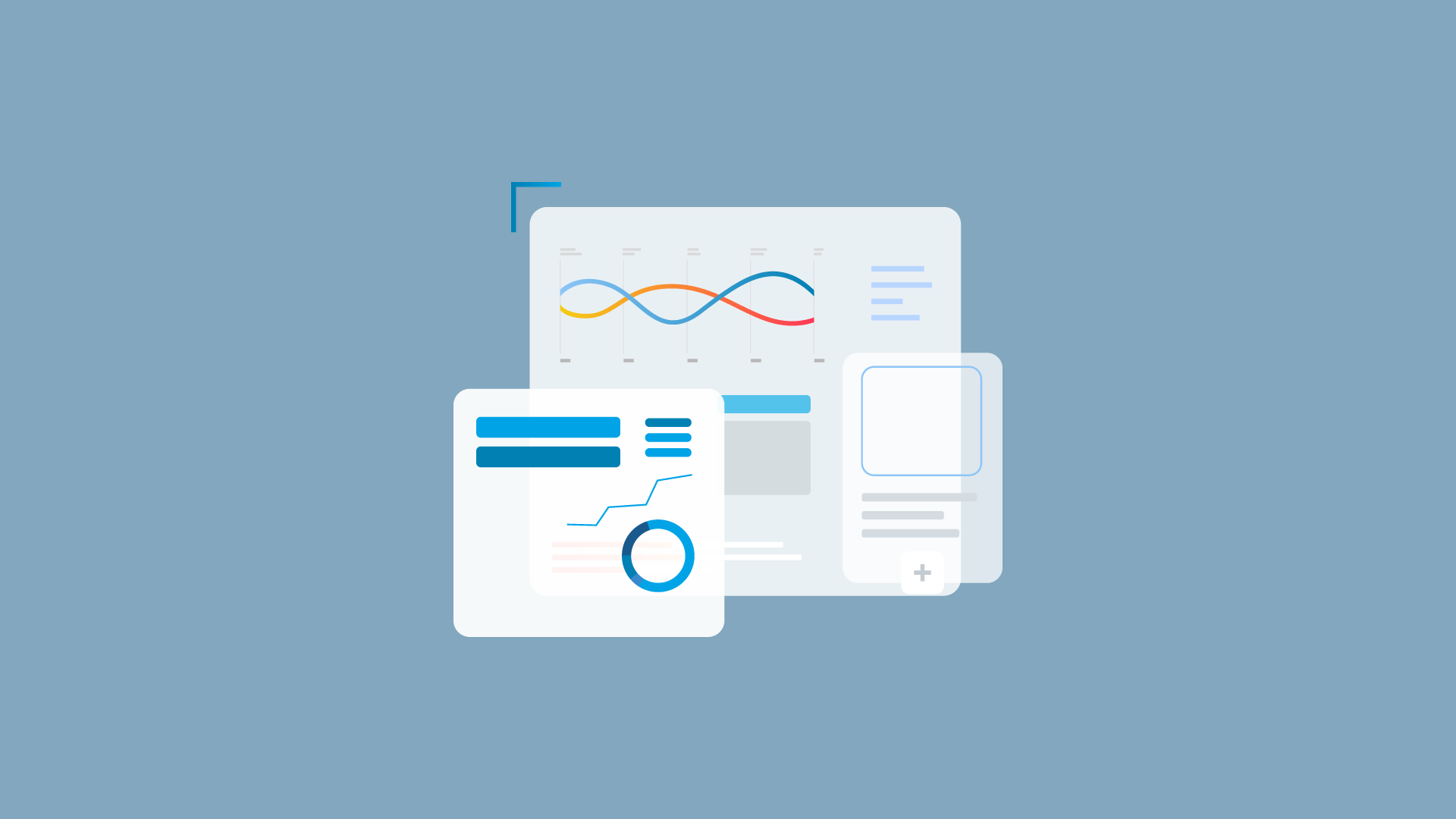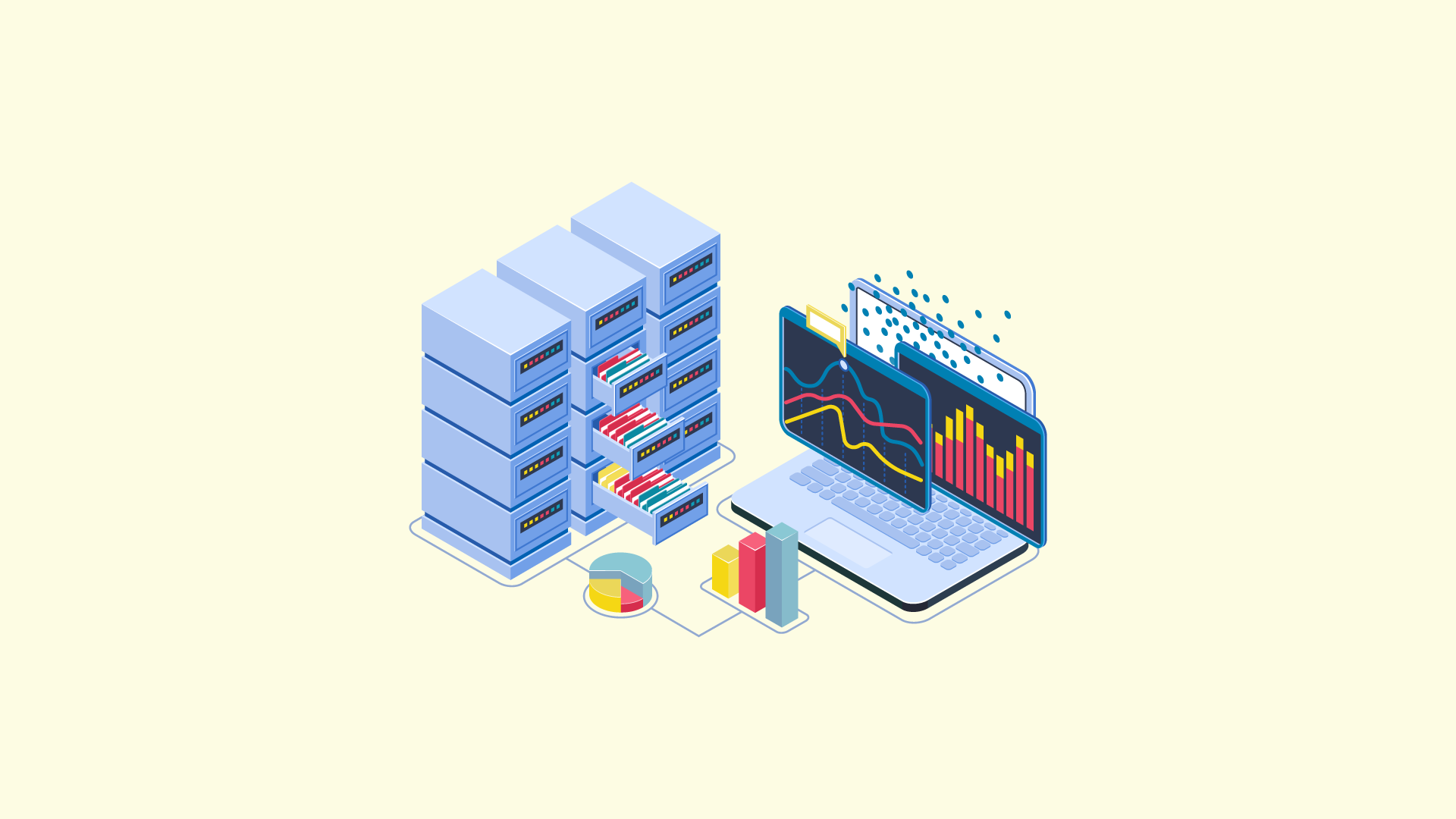How does big data analytics play a role in marketing? What are its uses? How can marketers leverage it to their advantage?
Big data analytics involves examining huge volumes of data. This is done so as it helps organizations understand the hidden patterns, and correlations, and also gives insights into making better business decisions. In essence, businesses want to be objective and data-driven and are embracing the power of big data and technology.
As per a recent study, businesses are now moving away from being knowledge-based organizations toward learning organizations. They want to become more objective and data-driven and are embracing the power and potential of big data.
For example, companies like Facebook use big data to help determine what products to offer customers based on their interests and demographics. They analyze social media posts, web searches, and other online activities to understand customer needs and wants.
Another good example is Amazon. Their goal is to know everything about their customers—what they buy, where they shop, and what else interests them. With that information, they can provide relevant product recommendations and advertising.
|
Marketing Analytics Marketing analytics is the act of monitoring, collecting, and analyzing data for evaluating market success and guiding future business decisions. |
1. Using Big Data to Grow Customer Acquisition and Retention
The customer is the most important aspect of any business. Without a strong customer base, there is little chance of generating revenue. This is why businesses must always focus on keeping their clients happy.
But how does one ensure that customers remain loyal to a brand? How do you retain existing customers? And how do you attract new ones?
In today’s digital world, the answer lies in the use of big data analytics. With the help of data analysis software, companies can gain insight into consumer behavior and market trends.
By understanding what consumers want, businesses can better serve their needs. They can also identify potential problems early on and take action before things go wrong.
Big data analytics are used for many purposes within organizations, including marketing, sales, product development, human resources, and operations management. These tools allow businesses to collect information about their clients and customers, analyze it, and make decisions based on the findings.
Customer acquisition and retention are critical to every business. Even though many companies spend a lot of money acquiring new clients, they often neglect retaining existing ones.
This is why it is essential to use analytics tools to understand how best to retain your current customers.
2. Use of Big Data Analytics to Solve Marketing Problems and Offer Insights
Big Data Analytics can help businesses make better decisions. This includes matching customers' needs, changing products, and ensuring effective marketing campaigns.
Let's face the facts here. Companies have wasted billions of dollars on advertising campaigns that were ineffective. Why is this happening? There is a high probability that they didn't do any market research before launching their campaign.
After years of cautious enthusiasm, the marketer and advertiser sector is now able to take advantage of big data analytics. The marketer and advertiser can make a more sophisticated assessment.
This involves observing the internet traffic, tracking the point of sale transaction, and detecting the go detection of dynamic changes in customer trends. Acquiring insights into consumer behavior requires collecting and analyzing the customer’s information.
This is achieved through the same approach utilized by marketers and advertisers as shown. This results in the ability to achieve a focused and targeted campaign.
A more focused and personalized marketing strategy means that businesses can cut costs and increase efficiency. This is because these campaigns target high-potential clients with relevant products.
Big data analysis of customer behavior is good for marketers since they can use this information to comprehend their client base better. However, we cannot overlook the massive ad-filtration issue.
With predictive analytics, it is possible for firms to identify their target market. Thus, they can have an appropriate and efficient reach without incurring huge losses due to fraudulent advertising.
3. Use Big Data Analytics for Risk Management
The unprecedented economic climate requires businesses to adopt new ways of doing things. Risk management is one of the most important aspects of any business, no matter what industry you are operating in.
While many people think of risk management as something that happens behind closed doors, the reality is that managing risk is a key component of running a successful business.
Big data analytics has contributed greatly to developing effective decision-making processes. Tools available today enable companies to measure and model the risks they face every day.
Given the growing availability and variety of statistical information, big data analytics has a huge potential to enhance the quality of decision-making processes. Thus, a company can achieve better decision-making strategies and take smart decisions.
However, companies must be able to implement a structure that allows them to evolve over time. In order to do this, they should start collecting information internally before gaining insight into how the business works.
The most important aspect of any big data analytics tool (like HubSpot) is the ability to integrate everything together. An effective big data analytics platform ensures that areas, where weakness or risk can occur, are identified.
4. Use Big Data Analytics As a Driver of Innovation and Product Development
Big data analytics has been used in different ways over the years. However, it has recently evolved into a powerful tool for innovating and reinventing businesses.
Companies now use big data analytics to understand their customers better, improve their products, and develop new ones. Big data analytics has become an important part of innovation and product development processes.
The most common way organizations use big data analytics is to correct the data. They start by identifying the errors and inconsistencies in the data. This helps them make sure that the information they collect is accurate.
Once the data is corrected, the next step is to analyze it to find out how customers behave and how they interact with each other. Once the data is analyzed, it becomes easier for companies to come up with innovative ideas.
For example, big data analytics can help businesses identify the best marketing strategies and determine the optimal pricing models. It can even help companies decide whether to enter a particular market.
After the data is available, an analysis is performed to ensure logic is used when devising an action plan. Fortunately, regardless of their size, companies of every type have an edge when it comes to gathering and using big data.
Therefore, these companies can easily improve their product lines by creating new and innovative ones.
5. Campaign Optimizations and Cost Reduction
Marketers must now compete on an increasing number of platforms to reach their audiences. When it comes to attributing sales, there are significant challenges when it comes to assigning marketing budgets to maximize return on investment.
As buyers' journeys become increasingly fragmented and shoppers hop from channel to channel before buying, it becomes difficult to determine which channels are the most effective.
In response, big data analytics solutions enable marketers to collect and analyze customer behavior and interactions across different channels, helping marketers identify what works best for each individual consumer segment and where they spend most of their time online.
By leveraging big data insights, marketers can optimize campaigns based on real-time metrics, such as cost per acquisition, conversion rates, and average order values, among others. They can also take advantage of predictive models that forecast future performance.
Attribution modeling allows them to map out the buyer’s path and predict which touchpoint contributes most to progress the buyer's journey and drive sales.
A content gap analysis reveals content that has not yet been created but could be useful for your business. The result is more efficient and effective marketing campaigns and better use of resources.
Big Data has been used for cost reductions. According to Invespcro, 83% of marketers that use data-driven campaigns deliver 5x more ROI on marketing spend.
Key Takeaway
Big data analytics is an essential investment for a growing business. Machine learning can help companies achieve a competitive edge, lower operating costs, and increase customer loyalty.
There are various sources from which companies can obtain customer information. With technological advancements continuing, data is increasingly accessible to all organizations.
It is technically correct to say that organizations already have data available to them. It is up to each organization to ensure that they implement appropriate data analytics tools that can handle vast amounts of data. Do you have a big data analysis system in place?
At Fine Media, we are certified in HubSpot software, the best for any size of business. If you are ready to make data-driven decisions and grow your business, contact us today!



